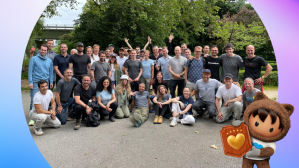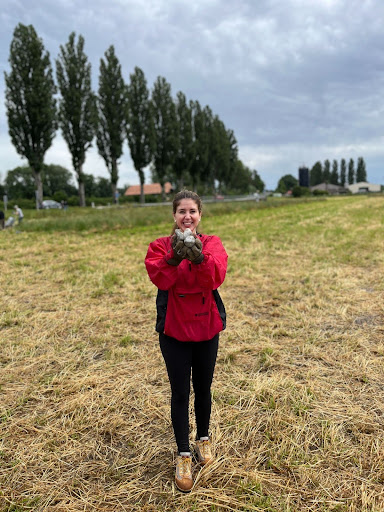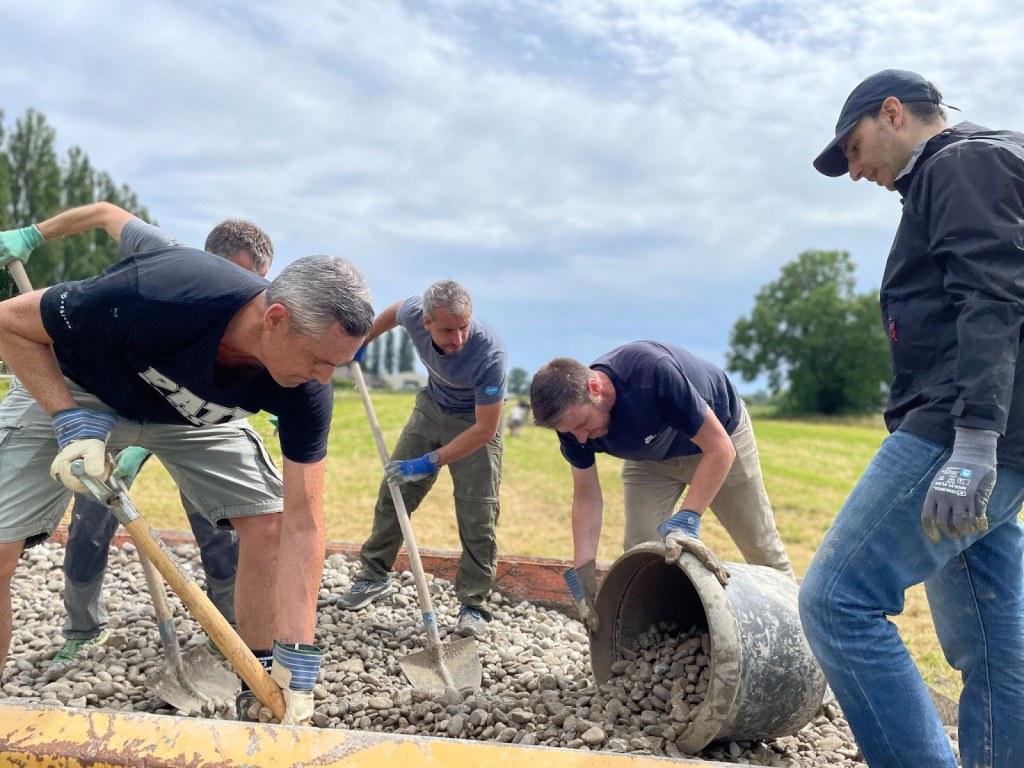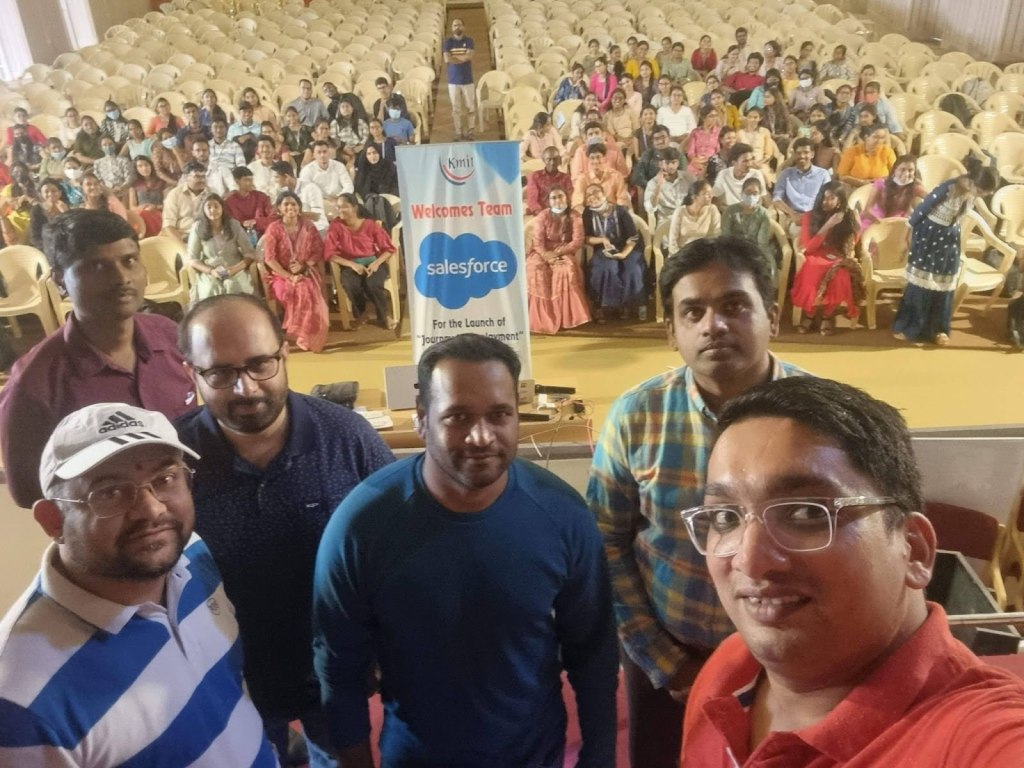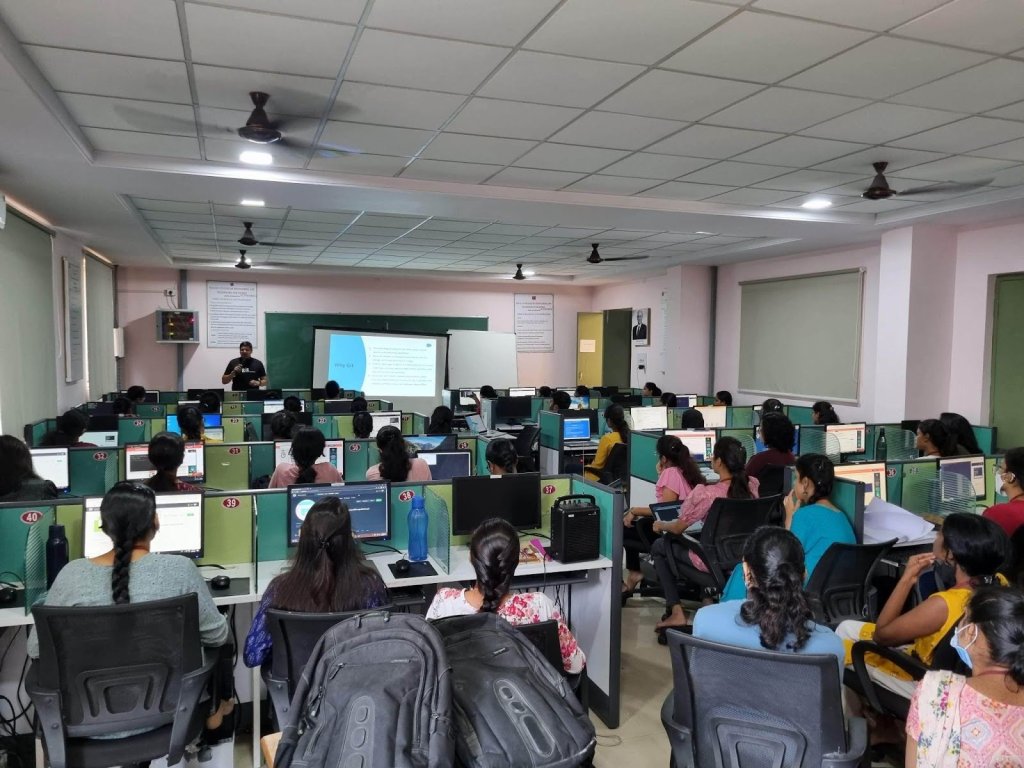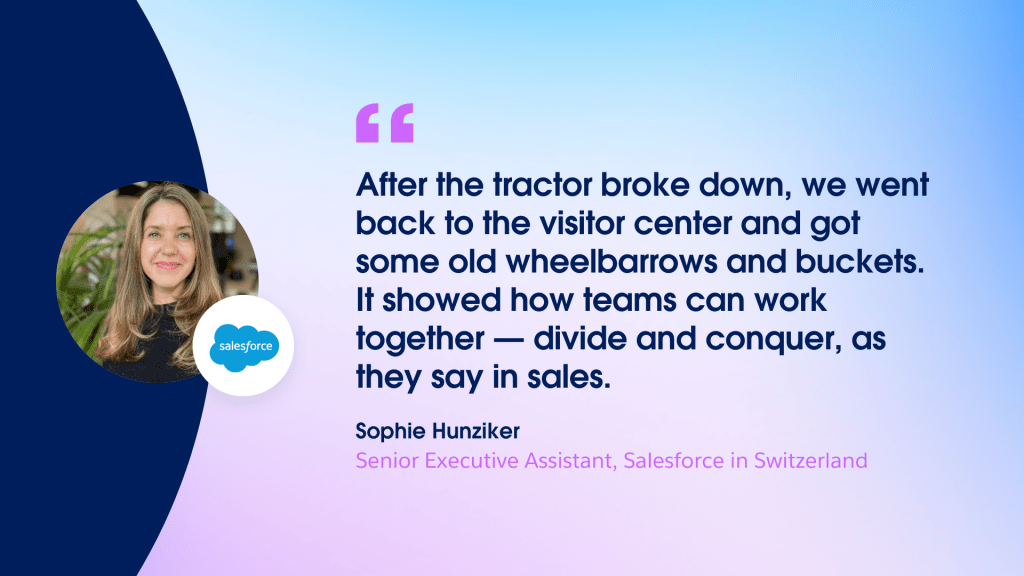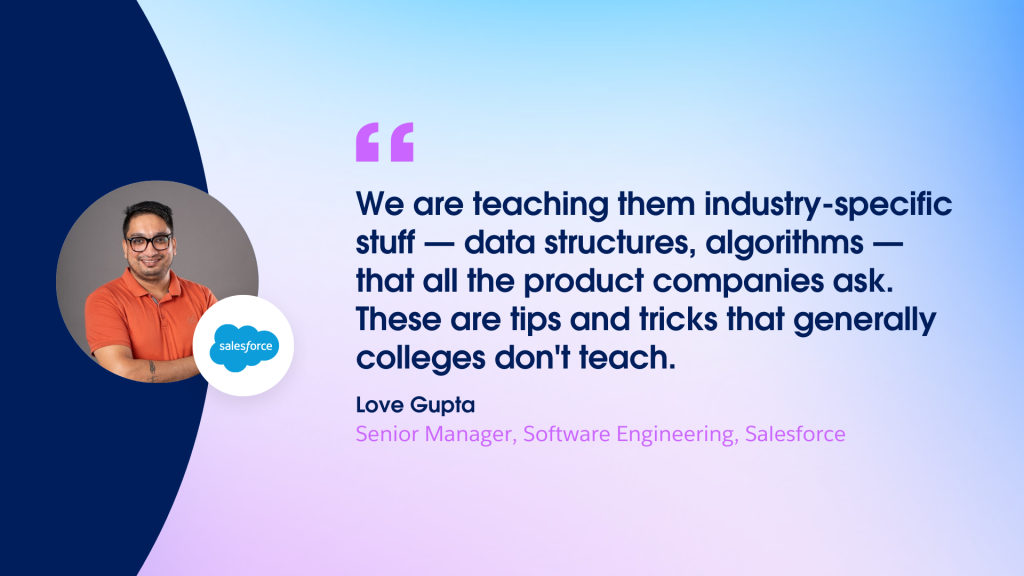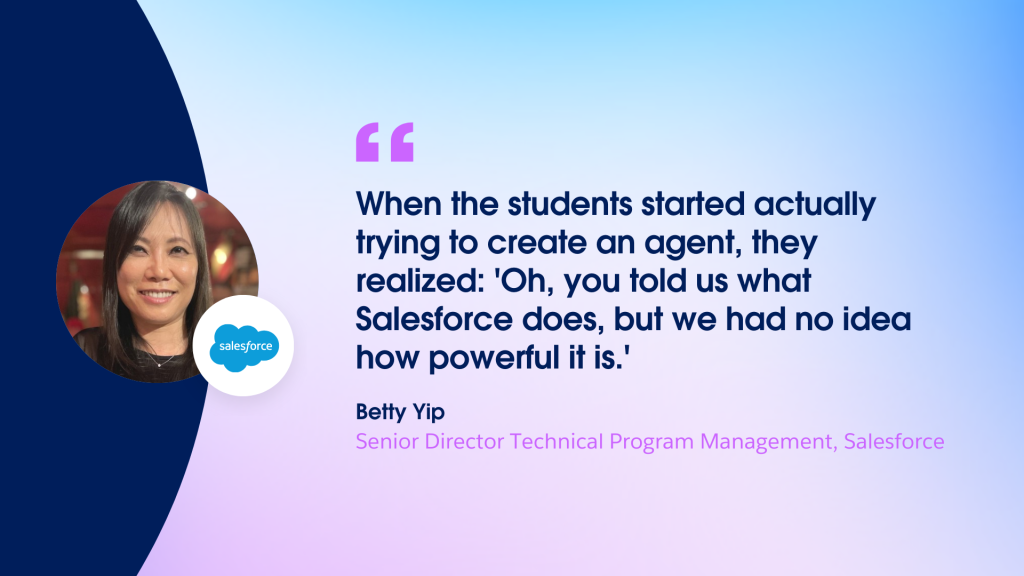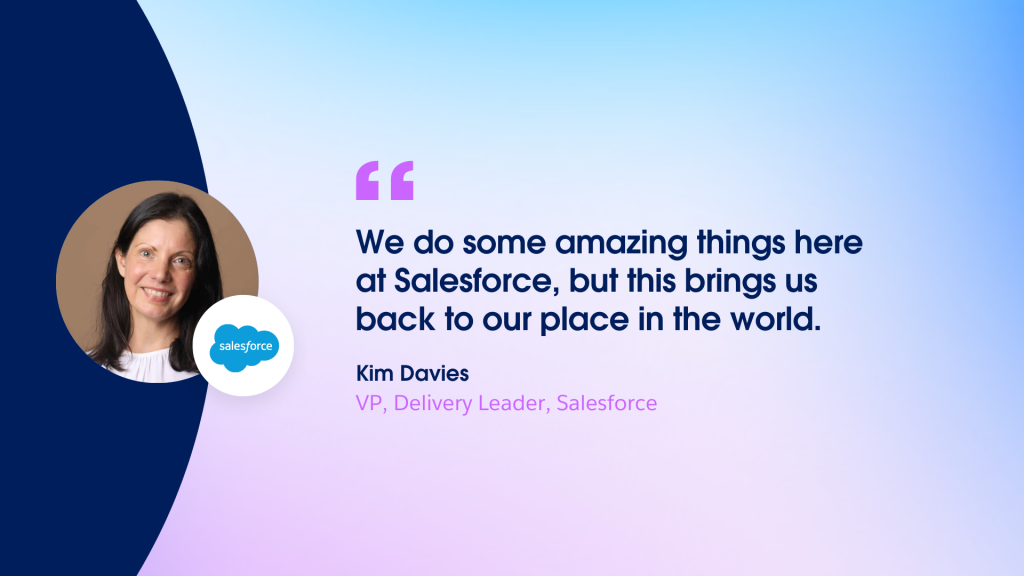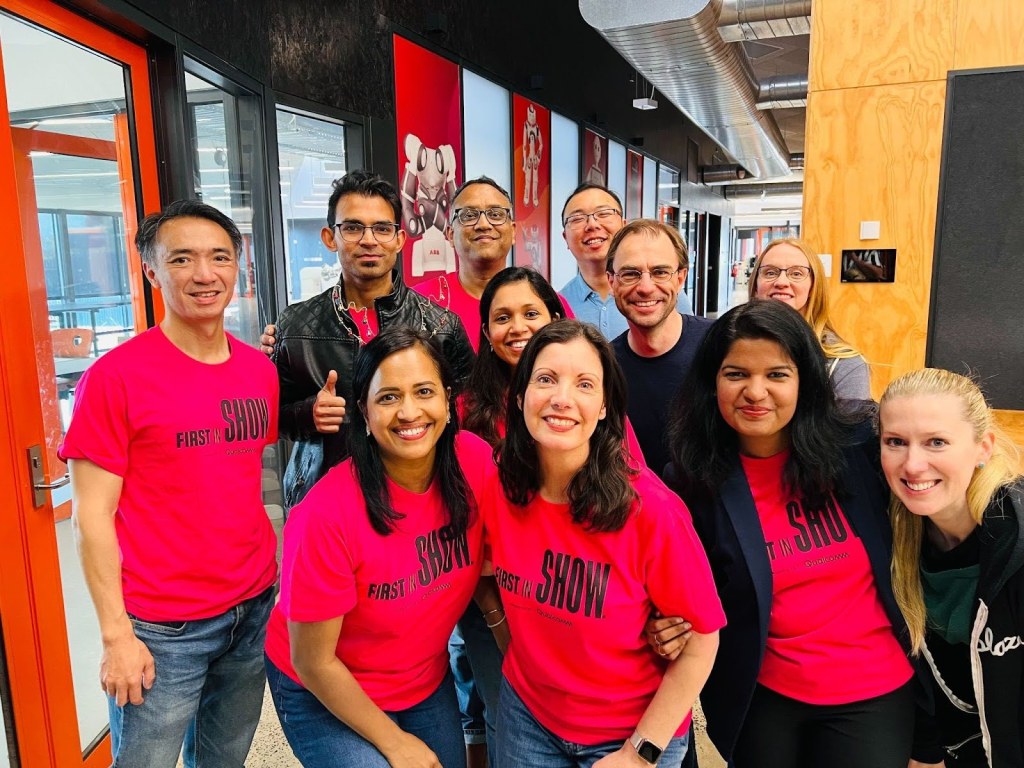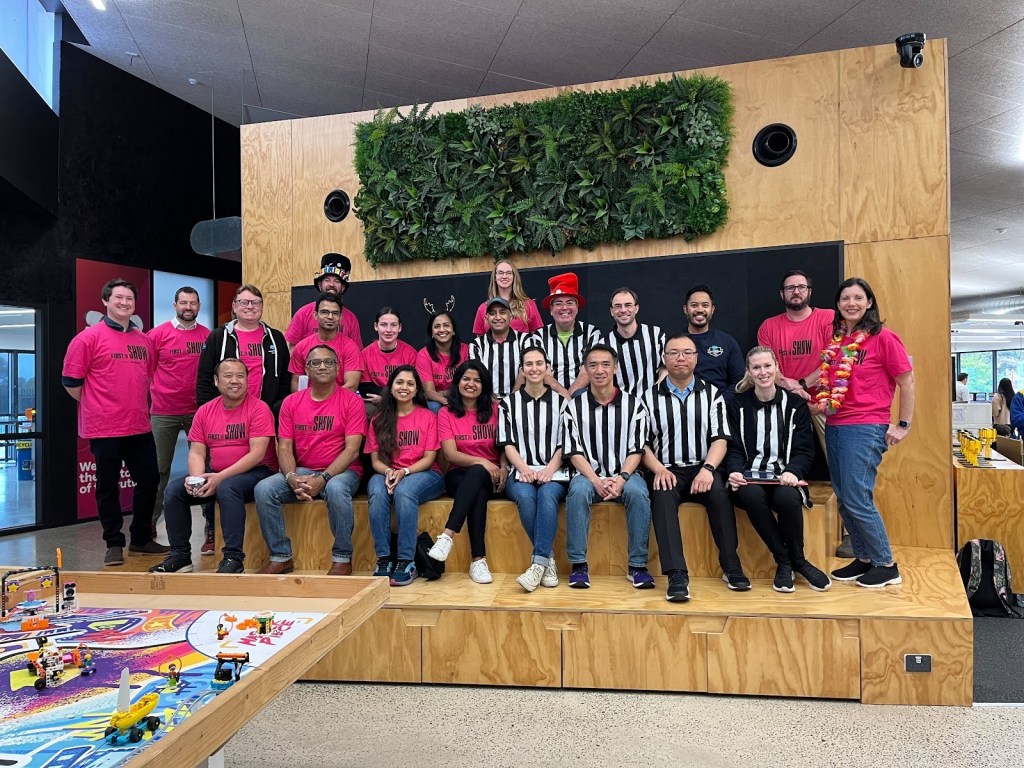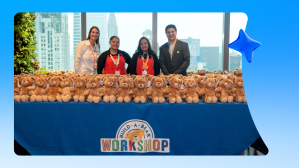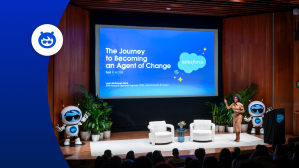Key Takeaways
- Salesforce employees have collectively delivered 10 million volunteer hours, ranging from environmental conservation in Switzerland to bridging the digital divide in India to inspiring students in Silicon Valley and Australia.
- The company’s 1-1-1 philanthropic model fosters a culture of giving back, leading to a “multiplier effect” where individual actions create an exponential impact.
When Sophie Hunziker made her first phone call to BirdLife Switzerland four years ago, the conservation group was skeptical. Probably just another tech company looking for good PR, they thought.
But Hunziker, a senior executive assistant at Salesforce in Switzerland, wasn’t deterred. She convinced BirdLife to accept Salesforce volunteers for a variety of hands-on projects, like removing large quantities of invasive neophytes and cultivating vegetables on pesticide-free farms. As projects added up, the volunteers demonstrated both skill and accountability, and the skepticism melted away. BirdLife even decided to let Salesforce help build nesting boxes for birds — something the nonprofit had never attempted with volunteers before.
We couldn’t have imagined — even in our wildest dreams — that just three months after installing the first nesting boxes, a wryneck would have already moved in.
BirdLife Switzerland
Following a number of habitat improvements and the addition of these Salesforce-supported nesting boxes, something incredible happened. The wryneck — a rare, snake-mimicking bird — made a remarkable comeback, returning to the area after a 20-year absence. BirdLife reported that, “We couldn’t have imagined — even in our wildest dreams — that just three months after installing the first nesting boxes, a wryneck would have already moved in.”
That powerful story is now part of a massive milestone: Since Salesforce’s founding, its employees have donated 10 million volunteer hours to causes including education, youth development, human services, and environmental stewardship. Supporting over 43,000 nonprofits in 48 countries, Salesforce volunteers have also contributed across regions, with 6.1 million hours in North America, 1.9 million in EMEA, and 1.7 million in APAC.
These numbers represent far more than corporate altruism — together, they’re the manifestation of a philosophy that sees business as the greatest platform for change.
They also represent a way for Salesforce teams to connect to a greater purpose — and to each other. One of the most challenging volunteering activities for Hunziker and her team of 48 volunteers was counting on a farmer’s tractor to help move 19 cubic meters of sand and stone to create wildlife habitats.
Then the tractor broke down.
Undeterred, team members applied their problem-solving skills and got to work. “We went back to the visitor center and got some old wheelbarrows and buckets,” she recalled. Teams of two carried the buckets together until all the sand and stone had been relocated, turning a potential disaster into a triumph of cooperation.
“It showed how teams can work together — divide and conquer, as they say in sales,” said Hunziker.
Bridging the digital divide in India
In Hyderabad, Salesforce Senior Manager of Software Engineering Love Gupta had to solve a different problem: the chasm between what engineering students learn in college and what top technology companies require from their employees. Working initially with the United Way and later leveraging Salesforce’s own volunteering infrastructure, Love Gupta designed a program to prepare students from under-resourced colleges for interviews at companies like Google, Microsoft, and Amazon.
“We were teaching them industry-specific stuff — data structures, algorithms — that all the product companies ask about in interviews,” Love Gupta explained. “These are tips and tricks that colleges generally don’t teach.”
One student’s story captures the program’s impact. During mock interviews, Love Gupta worked with a technically skilled woman who couldn’t articulate her knowledge. She knew the concepts, but froze when trying to explain them to interviewers.
“She was getting nervous when somebody was sitting on the other side of the table,” Love Gupta recalled. Through weeks of personal mentoring and additional mock interviews, he helped her build confidence. She landed a job at Amazon and is thriving there today.
“I feel humbled,” Love Gupta said of his role in bringing this program to colleges, “because I learned these same concepts in my college from students in classes above me. I have to pass it on.”
Breaking down barriers in Silicon Valley
Salesforce employees have discovered that some of the most rewarding work often happens outside the office — in places where technology meets humanity, where corporate skills address community needs, and where 10 million individual hours add up to transformational impact.
But some of that work happens inside the office as well.
In California, Betty Yip, Senior Director of Technical Program Management for Salesforce, watched as 70 high school students from El Camino, South San Francisco — mostly students from underresourced communities — stepped into Salesforce Tower San Francisco for the first time. Many had never been inside a tech company’s office building before, assuming such places were only for computer science majors.
“For those who didn’t see themselves as majoring in computer science or technology, it was a good way for them to get a taste of what a tech company does,” Yip explained.
The program, which began in 2024, pairs volunteers with students from El Camino’s Business Club to practice elevator pitches and explore career paths they may have never considered — like AI.
In 2025 alone, Salesforce employees have logged 8,800 hours in support of advancing AI skilling initiatives like this. In doing so, they’re helping to prepare the next generation for what work will look like in the future and ensuring that emerging technologies like AI are inclusive, empowering, and accessible.
This year, nearly 30 students visiting the Tower’s Agentblazer Ranch had the opportunity to get hands-on with Agentforce, Salesforce’s digital labor platform. With support from Salesforce employee volunteers, students created their own intelligent agents.
“They were blown away,” Yip said. “When they got their hands on the technology and started trying to create an agent, they realized: ‘Oh, you told us what Salesforce does, but we had no idea how powerful it is.’”
Finding their voice
Bringing Salesforce resources to the surrounding community has proven a successful model in other regions, too, creating unforgettable moments for both participants and volunteers.
Ten years ago, Kim Davies, VP, Delivery Leader at Salesforce, began working with the nonprofit Schools Plus to bring a classroom of students to Salesforce’s Melbourne office. The program has expanded to multiple schools and hundreds of volunteers with four onsite programs a year.
One day, while hosting a STEM competition, Davies was working with a team of students struggling to program their robot. One girl stood apart from the group, silent and separated.
Davies kept encouraging the girl to participate, offering her the iPad to try programming the robot. Finally, the girl sat down, took the device, and — within minutes — fixed the problem that had stumped the entire team. The group erupted in high-fives and hugs, including the formerly silent participant.
Later, the teacher pulled Davies aside with tears in her eyes. “She said this particular student had been at the school three months,” Davies recalled. “She’d never spoken to any of the kids before.”
Business as a platform for change
That moment of breakthrough — a young person finding her voice through collaboration on technology — exemplifies what Davies calls the “ripple effect” of volunteer work. It’s not just about the immediate impact but how one moment of connection can transform a life trajectory.
These individual stories also illuminate a larger phenomenon: how, when managed thoughtfully, corporate volunteering can create a multiplier effect. Hunziker’s conservation work earned her an internal Salesforce award that included two $20,000 grants to her favorite environmental organizations. Davies’ STEM program inspired more schools to get involved and a new regional competition, as well as a grant to fund the competition. Love Gupta’s curriculum became a self-sustaining online platform available to students beyond the formal program. And Yip’s program has caught the attention of employees in other offices who are actively looking to replicate it.
This amplification of impact is central to Salesforce’s approach to corporate responsibility. At its founding more than 25 years ago, the company adopted a 1-1-1 philanthropy model, pledging 1% of its equity, time, and products to giving back. Through this model, Salesforce has embedded philanthropy into the core of its business, encouraging a culture of giving back. By living this model, it has also inspired more than 19,000 companies to join the Pledge 1% movement.
Through this model, Salesforce has embedded philanthropy into the core of its business, encouraging a culture of giving back.
Over the years, this commitment has led to measurable impacts on the company’s workforce, as well: 77% of Salesforce employees say participation in Employee Impact programs makes them feel more connected to the company culture, and 88% say it gives them a deeper sense of meaning and purpose. In fact, through its Pro Bono Program, employees have delivered 728,000 hours of skilled support — valued at $128 million — to nonprofit organizations worldwide. And through the Employee Giving Program, they’ve donated $200 million, doubling their impact on the causes they care about most.
Now, 26 years later, the 10 million hours delivered by over 79,000 current and former employees represent more than goodwill. They embody a fundamental belief: Businesses can be a powerful platform for change.
“It’s the most inspiring element, I think, of the work that we do,” said Davies. “We do some amazing things here at Salesforce, but this brings us back to our place in the world.”
Go deeper:
- Inspired? Find ways to get involved and join Pledge 1%
- Learn more about Impact at Salesforce
- Read the Salesforce Workforce Innovation Playbook, a guide to human and agent collaboration
